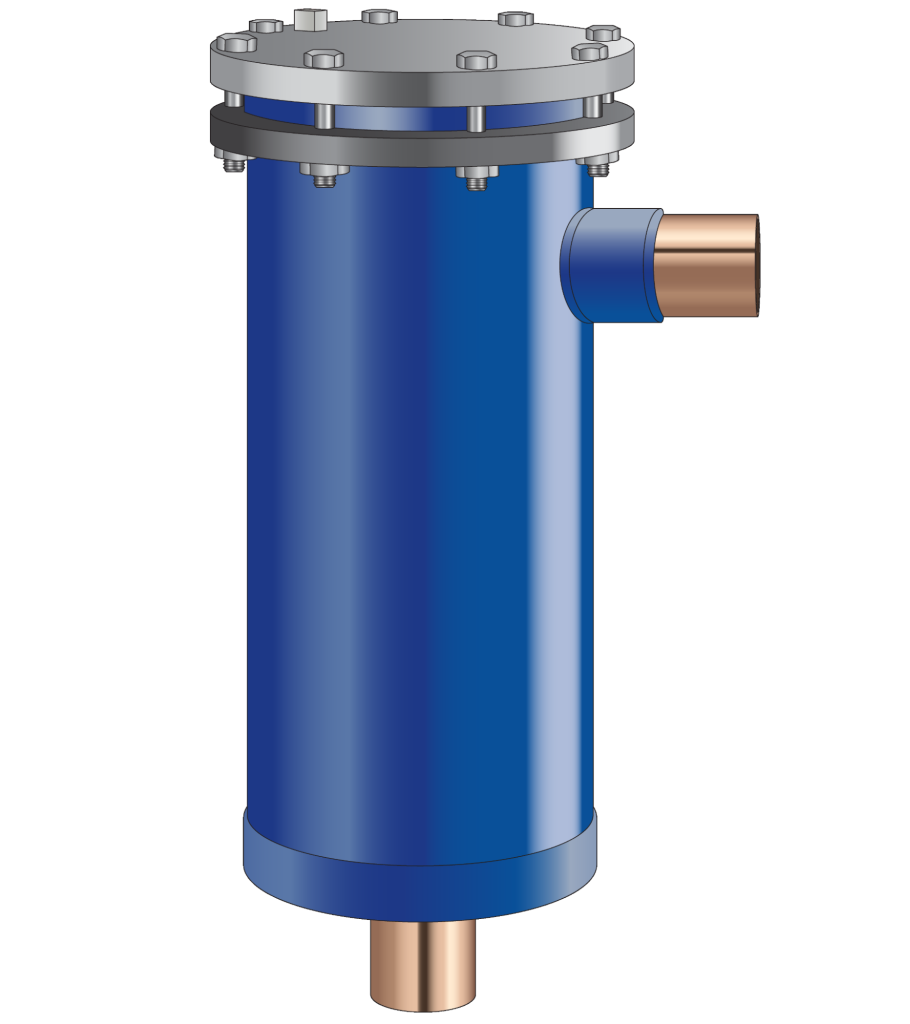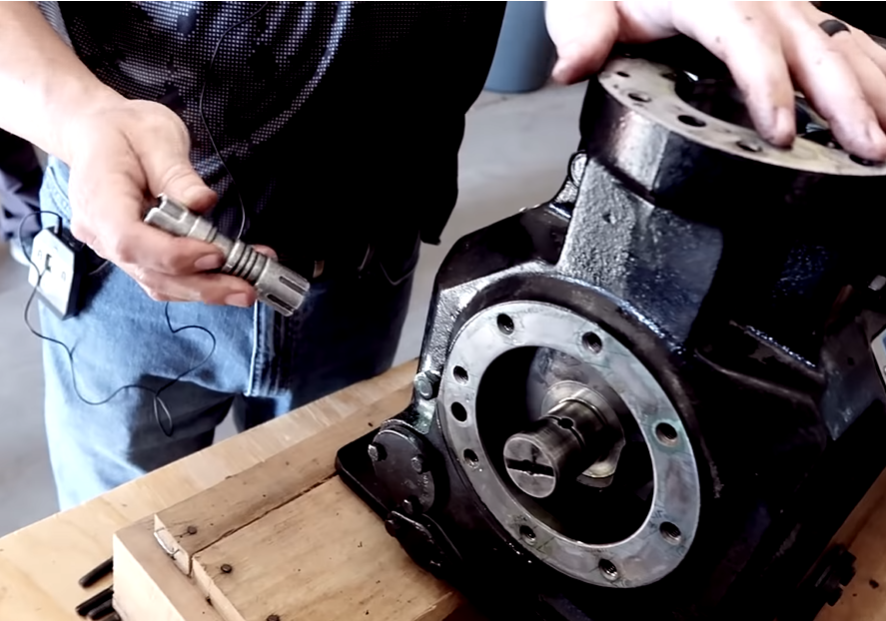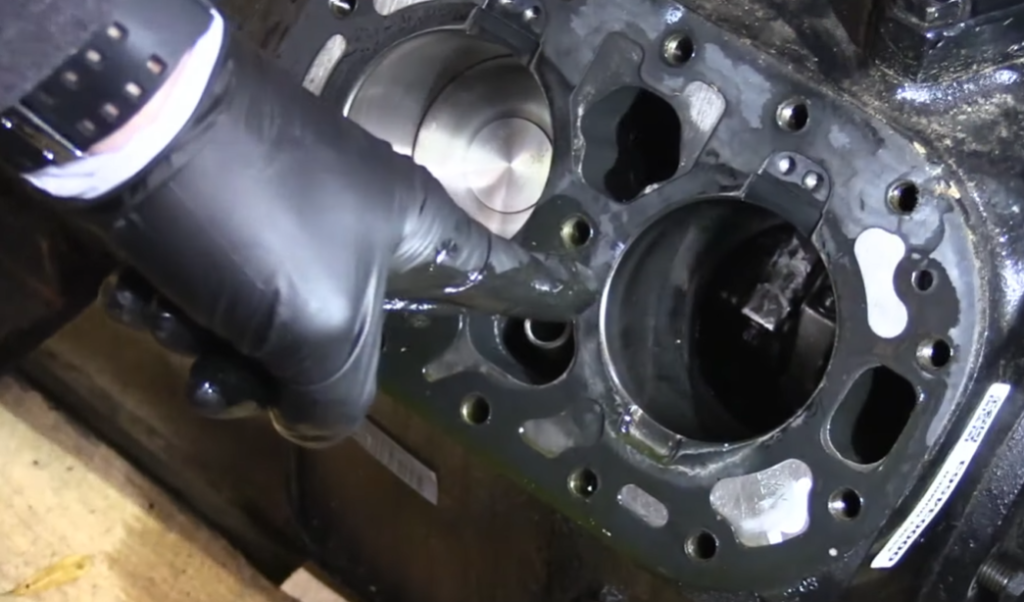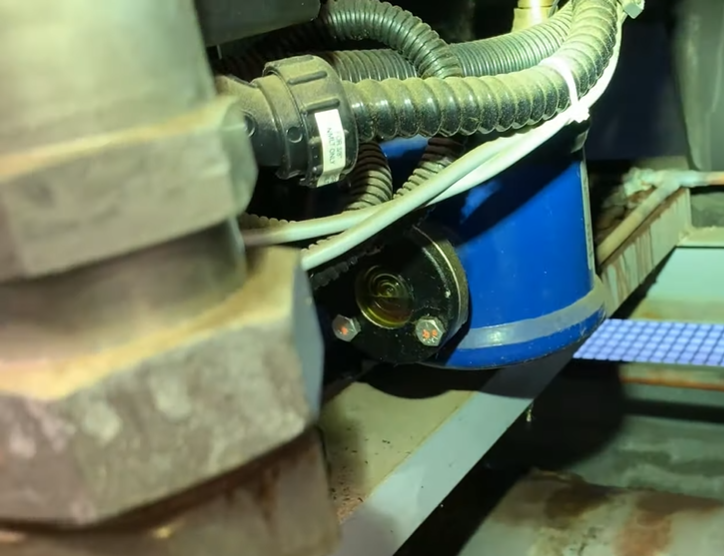Get Tech Tips
Subscribe to free tech tips.
Common Causes of Compressor Failure
This article was written by Don Gillis, the technical training manager at Chemours. Thanks, Don!
Refrigerant compressors are essential components of air conditioning and refrigeration systems, as we all know. They work by compressing refrigerant vapor, which then flows through the system and changes state as pressure and temperature conditions rise and fall. Unfortunately, these compressors can fail due to a variety of reasons. In this article, we'll discuss some of the most common causes of compressor failures and the value of keeping refrigerant and oil clean. The same information and procedures will hold true for compressors that use any A2L refrigerant, including those that use HFOs and HFO blends.
Overheating
One of the most common causes of compressor failure is overheating, which can occur due to the following reasons:
- Lack of proper lubrication
- High discharge temperatures
- Poor system maintenance
Note: Overheating can cause the compressor to seize or break down, leading to costly repairs. The #1 reason for compressor failure is overheating, and the #1 reason for overheating is an improper compression ratio. Use the “225 stay alive” rule of thumb. In most all cases, you never want the temperature higher than 225°F when measured 6” out on the discharge line leaving the compressor.
Refrigerant Contamination

When moisture or other contaminants enter the refrigeration system, they can cause the compressor to fail. These contaminants can cause corrosion, damage to internal components, and reduced efficiency, all of which can ultimately lead to compressor failure. The use of filter driers is the best way to clean up a system; always replace the liquid line filter drier when you open up a system. Never remove an existing filter drier by sweating it out; always cut them out.
Suction line filter driers for acidic cleanup should never be left in the system (due to suction pressure drop); they should be removed within 48-72 hours after installation. Do an acid test to confirm that the contamination has been removed.
If your system has a sight glass, use it; it’s literally the window to the system. In most cases, you don’t need to replace the sight glass; the new liquid line filter drier will bring it back to specs.

Here are some examples of contamination:
- Moisture in the system (very acidic and causes copper plating)
- Overheat
- Leak dye
- Excessive flux (acidic)—if you use flux, use it sparingly
Electrical Problems
Electrical issues, such as voltage fluctuations or improper wiring, can also cause compressor failure. These issues can cause the compressor to overheat, leading to damage to the internal components or even a complete breakdown.

Don’t be fooled by false readings when ohming out a scroll compressor. Between common and start, as well as common and run, you have an inherent protector that will open on high amps or high heat. Until it cools down, you will read 0 ohms, but you will get a reading from start to run.
I have some examples of a few electrical issues below:
- Incorrectly sized wiring, breaker, or contactor—always check the rated load amps (RLA) to confirm proper sizing
- Improper deburring of copper lines can cause copper flakes to come in contact with the windings, resulting in a spot burn
- Poor ground
- Single-wire burns on single-phase—usually due to miswiring or a relay hangup
- A general winding burn is typically from contamination
Liquid Flood Back
When I hear the term flood back, my mind instantly tells me the refrigerant is not boiling off for some reason. Airflow?
Either way, in the case of flood back, the refrigerant will dilute the oil, causing friction and seizing the bearings. Bad things happen when liquid refrigerant enters our “vapor pump.”
Before I get any hate mail, it’s not really pumping; it’s actually sucking! All right, I’ll stop—we can go down that rabbit hole another day. If you have uncontrollable flood back and have tried everything—accumulator, trapping, line sizing—most compressor manufacturers will suggest setting the total superheat entering the compressor at 20°F in a high load condition. Do not just automatically think 20°F superheat is what every system needs. For example, in an R-22 system in a medium or low-temp application, you will overheat the compressor.

Lastly, if you can prove even 1–2°F of superheat entering the compressor, at least at the very second, you have ruled out liquid flood back. If your compressor has a sight glass, look for foaming. But remember, it’s in low-load conditions where liquid flood back is the most common.
Here are some examples of what causes liquid flood back:
- Anytime the metering device has lost control of refrigerant being fed into the evaporator
- Poor airflow across the evaporator
- Whenever the load is lost and the refrigerant cannot boil off
- Did I mention airflow?
- Overcharge of refrigerant within the system
- Refrigerant bypassing special control devices
Note: If you have a failed compressor and decide to take it apart and do an analysis as in the image above, you first must know if it’s an air-cooled compressor (k-body) or a refrigerant-cooled compressor; the place where the suction line enters the compressor can help you tell the difference.
Flooded Start
Simply put, flooded starts happen when refrigerant migrates back to the condenser in the off cycle. Hot goes to cold, right? Well, the Second Law of Thermodynamics holds true here too! Let’s use my furnace as an example (up flow forced air furnace). There is a call for heat, the saturated refrigerant starts to warm in the evaporator coil, and it’s looking for a place to cool down. It finds that cool place at the other end of the line set, the condenser! The TD is different; it could be 10°F or 60°F—it doesn’t matter. The TD, the longer off times, and the length and size of the line set dictate how fast the refrigerant migrates.
The result is that vapor refrigerant mixes with the oil and causes the refrigerant to condense. The next day (if you live in Ohio), you may need your AC on! The contactor pulls in, the compressor starts, and this eruption happens inside the compressor. The refrigerant is now starting to flash off, the oil level is higher than the specifications, and, in some cases, parts start to break apart.

That's called slugging, and it can happen in an off-season, or in 4 hours, depending on the outside ambient. It’s not coincidental that we tend to lose so many compressors on start-up that first warm spring day.
The solution can be to add a crankcase heater or liquid line solenoid pump down (minimum differential ~10 lbs) and maintain the minimum refrigerant charge and proper oil level. NOTE: Be careful not to overlook the possibility that the solenoid short cycling is not being caused by a faulty solenoid valve.
Causes of a flooded start:
- Length of compressor off time
- Compressor ambient temperature
- Temperature difference between the saturated refrigerant in the evaporator and the oil in the compressor (could be mitigated with a crankcase heater)
- Refrigerant charge to oil charge ratio
Oil Loss
Oil leaving the compressor must equal oil returning to the compressor. When it is unequal, we have to figure out where the oil went. Do we have a leak? Is it in the coldest part of the system (evaporator) or in a pressurized crankcase? Did we lose it due to a loss of charge, short cycling, exceeding max piping distances, or improper trapping? These are situations when we, as service technicians, put our detective hats on.

Looking for oil leaks is an obvious step, but what if you run a nuisance call and the oil level is correct in the sight glass? Possible pressurized crankcase? If so, to rule out “blow by” on a Copelametic refrigerant cooled semi-hermetic, for example, you have to take the following steps:
- Turn the system off.
- Gauge up to the suction service valve and then gauge up to the side of the crankcase.
- Start the unit and start slowly front seating the suction valve; if both pressure gauges pull down equally, you’ve ruled out blow-by.
But, if the crankcase gauge stops and the suction continues, you’ve proven the piston, cylinder, and rings have worn out, causing blow by. The pressurized crankcase is causing the internal check valve in the dividing wall to close.
Causes of oil loss:
- Oil leaks
- Poor piping
- Improper trapping
- Inadequate defrost
- Loss of charge
- Short cycling
- Proper fall in refrigerant lines returning to the compressor
- Low load condition
Conclusion
In conclusion, refrigerant compressor failures can be caused by a variety of issues, including overheating, refrigerant contamination, electrical problems, wear and tear, and incorrect installation. Regular maintenance and proper installation are key to preventing these issues and ensuring the long-term reliability of your air conditioning or refrigeration system.
If you suspect that your compressor is failing, it's important to address the issue promptly to avoid more extensive and costly repairs in the future. I hope you found this information helpful. Thanks, everyone!
—Don Gillis











Comments
To leave a comment, you need to log in.
Log In